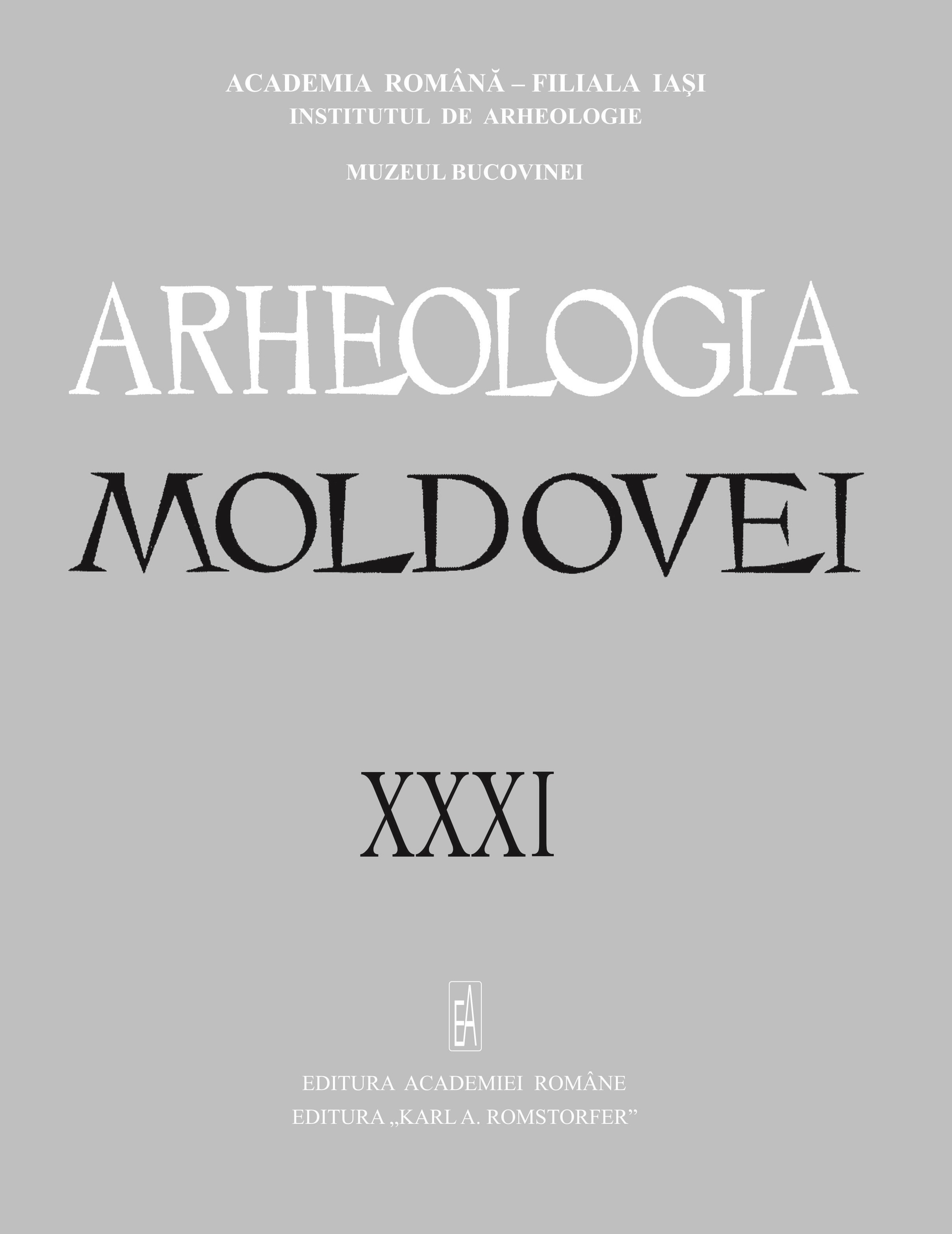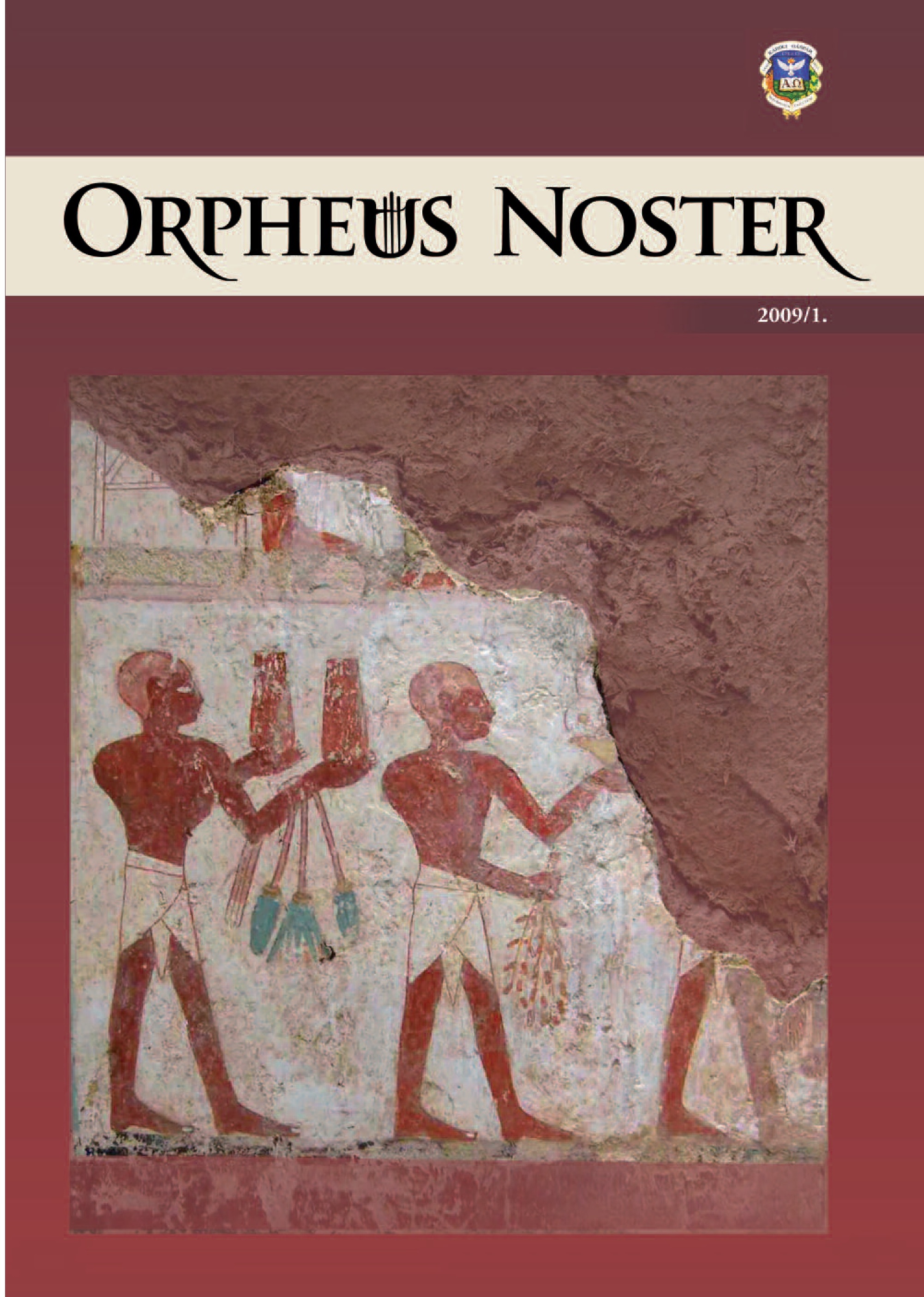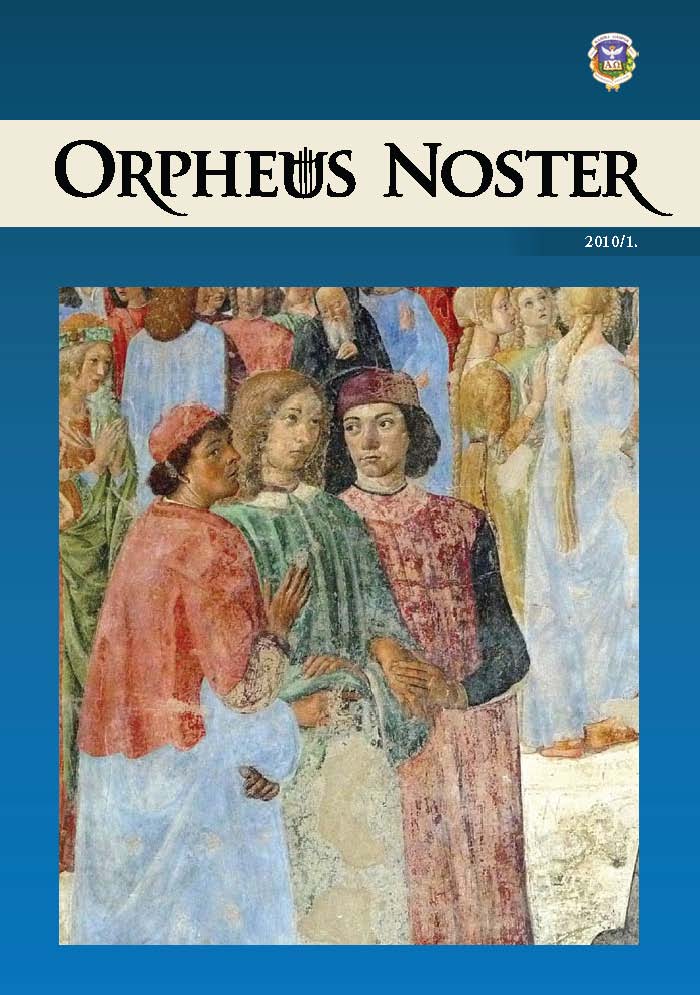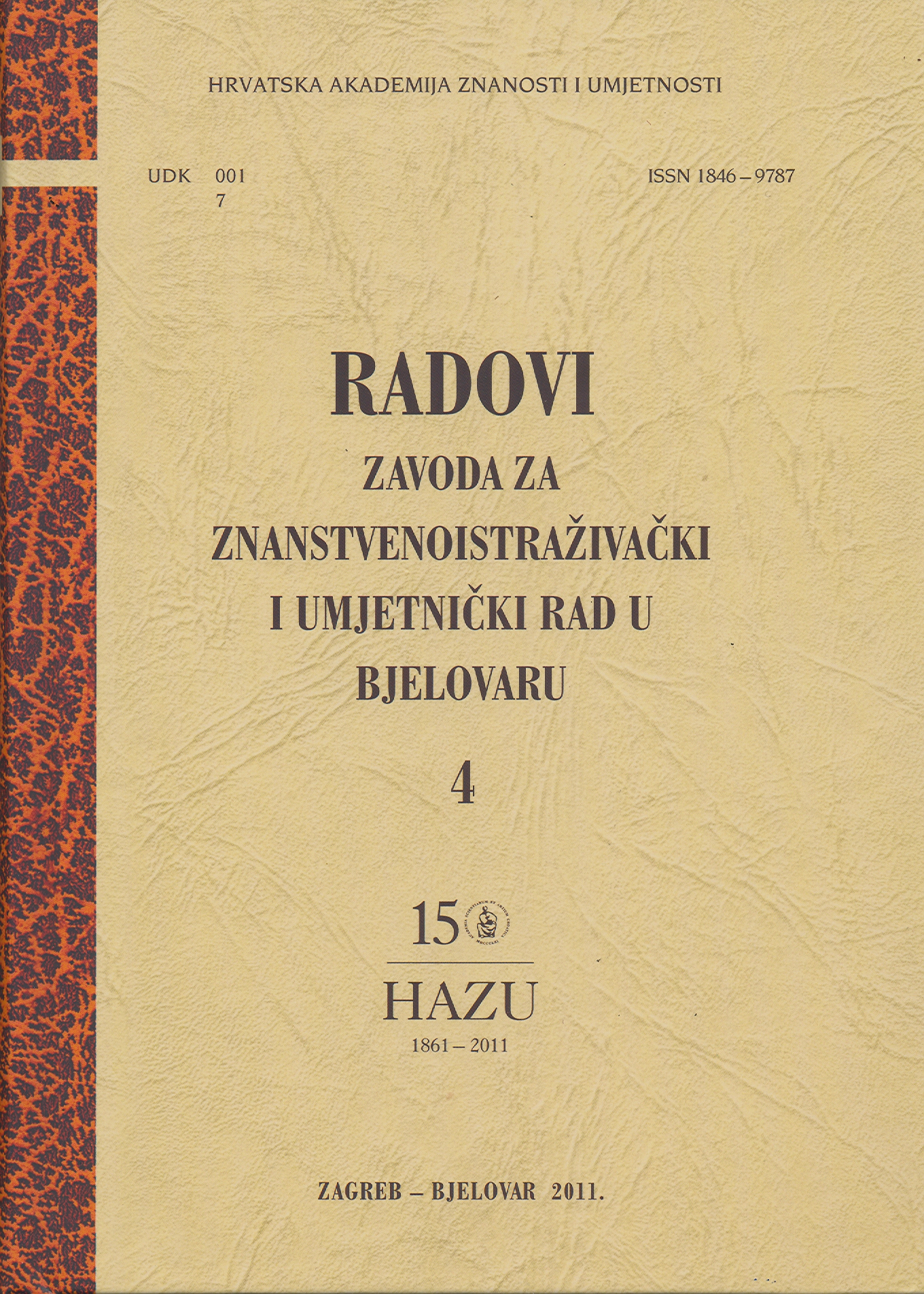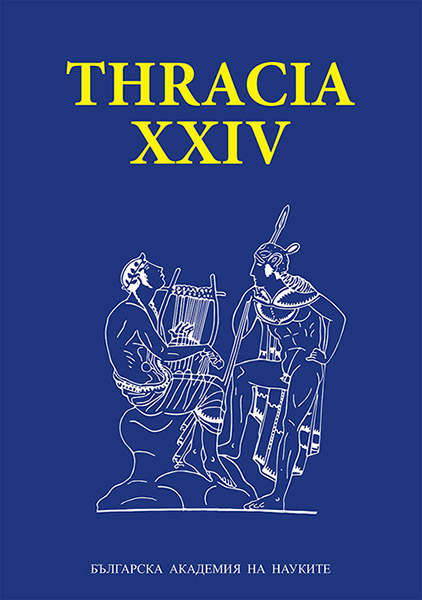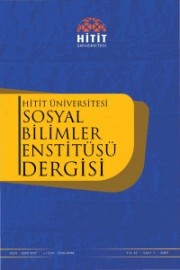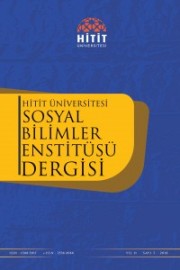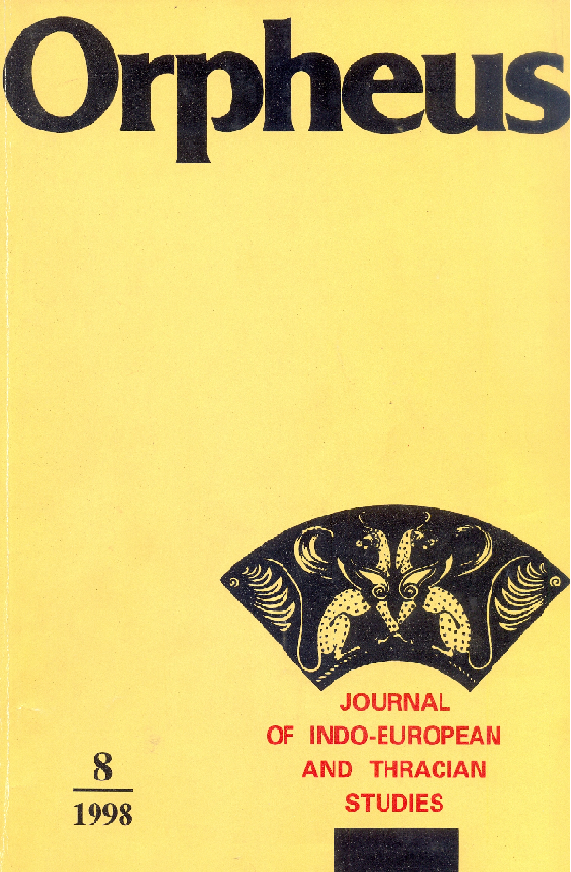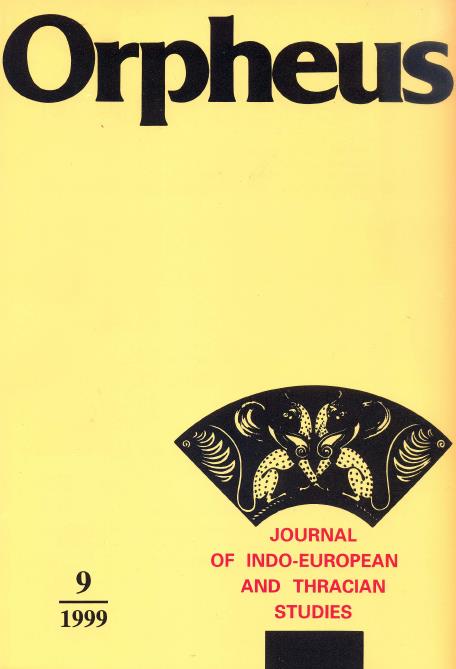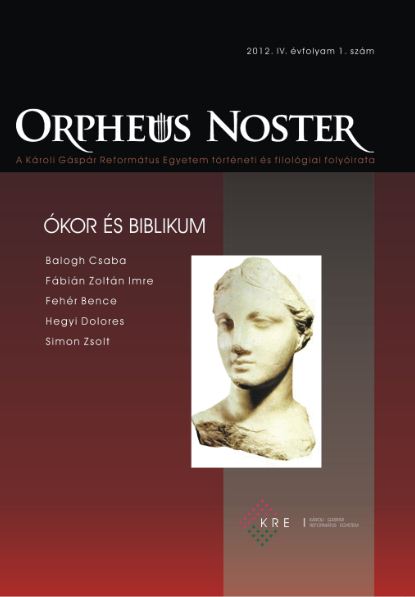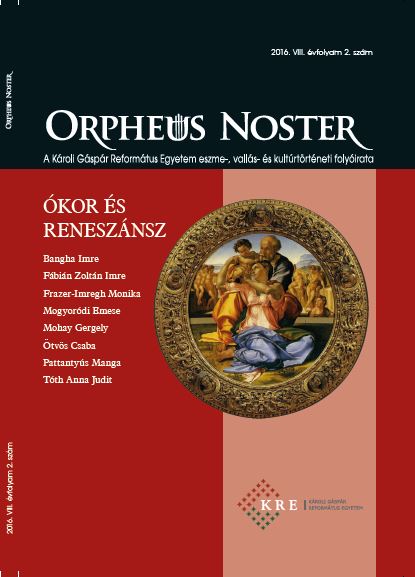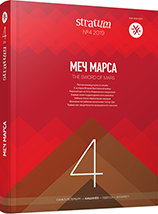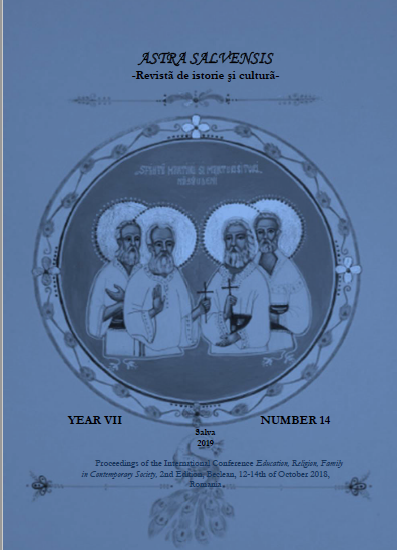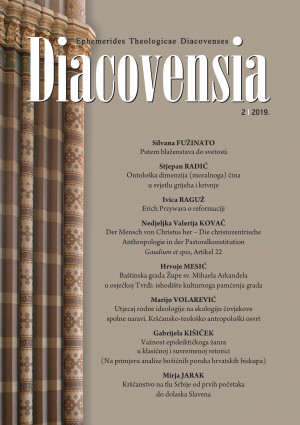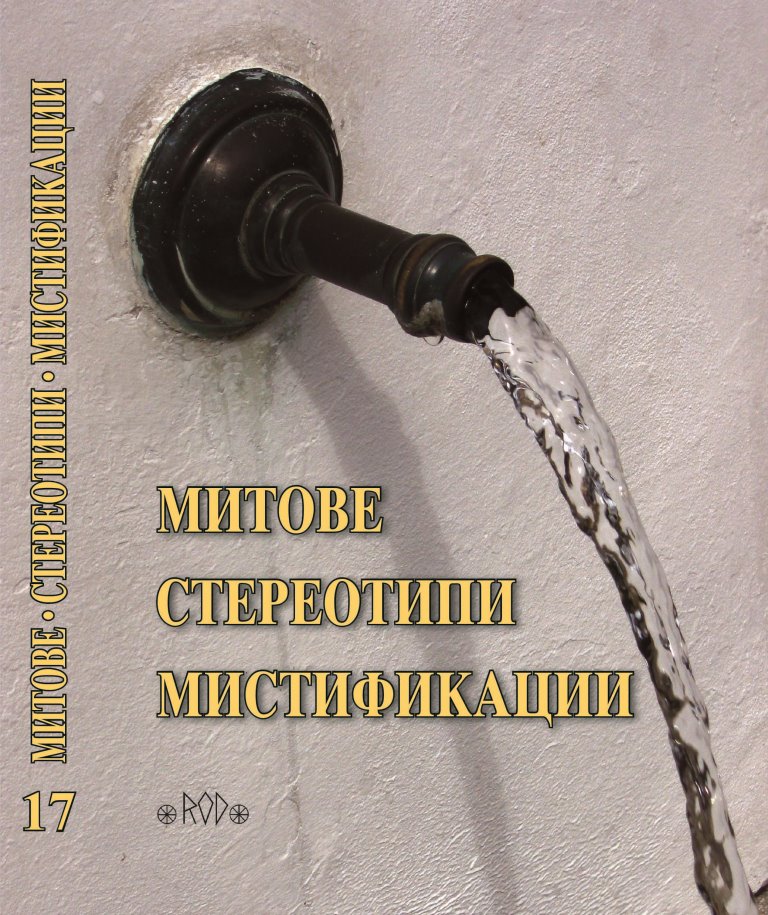RECENSIONES
Review of: 1. E. Tóth: Lapidarium Savariense. Savaria római feliratos kőemlékei [Römische Steindenkmäler mit Inschriften von Savaria]. Savaria. Bulletin of Museums of County Vas 34/2. Szombathely 2011. 283 Seiten, 215 Abbildungen. by: Gabler Dénes 2. G. Buzás–K. Orosz (Hrsg.): Der königliche Palast von Visegrád. Mátyás Király Museum, Visegrád 2011. 424 Seiten, mehrere hundert Farbfotos. by: Imre Holl 3. G. Alföldy (ed.): Corpus Inscriptionum Latinarum. Editio altera voluminis secundi pars XIV, fasciculus secundus: Colonia Iulia Urbs Triumphalis Tarraco. Berolini–Novi Eboraci 2011, 472 pp. by: Kovács Péter
More...
